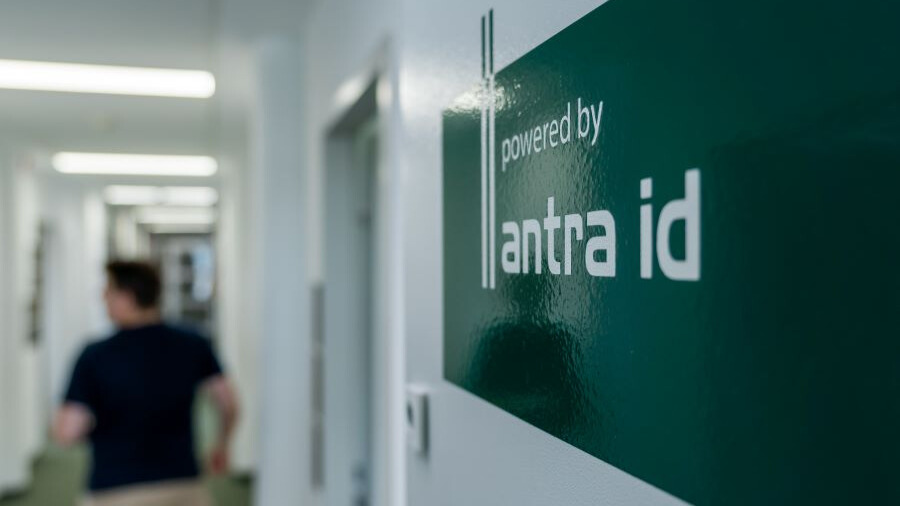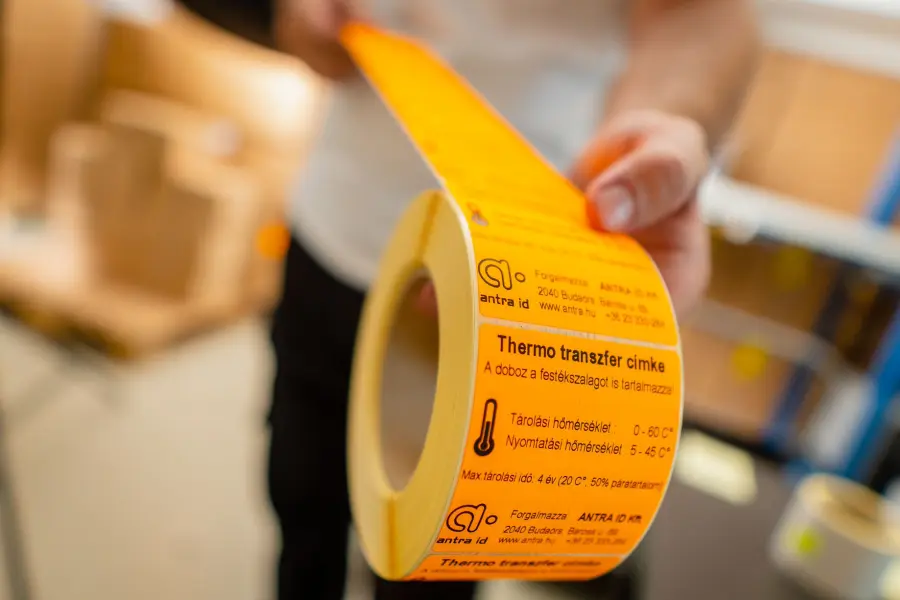The Bosch Group is a leading international supplier that offers innovative solutions for smart homes, Industry 4.0, and connected mobility. The Group operates in four business areas: mobility solutions, industrial technology, consumer goods, energy, and building technology.
Robert Bosch Elektronika Kft., Hatvan was established in 1998, and it is the world’s largest production center for the Bosch Group’s Automotive Electronics Division, where more than 5,300 employees are helping to shape the automotive industry of the future.
In addition to the production halls, a logistics center of almost 100,000 m² has been available since 2018 and is the key distribution center for Bosch logistics in the CEE region. Thanks to the widely implemented Industry 4.0 solutions, the plant processes large quantities of raw materials and finished products to be efficiently delivered.
Robert Bosch, Elektronika Kft. Faced a significant inventory management challenge. With over 200,000 stock-keeping units (SKUs) and over 20 storage lifts, inventorying the stock regularly and thoroughly became labor-intensive, time-consuming, and costly. For example, during the inventory process, each tray had to be individually called, and small parts had to be identified and counted, leading to inefficiencies and potential errors.
This manual process caused many challenges:
- Human Errors: With such a vast number of SKUs and storage locations, there is a higher likelihood of human errors during data entry, counting, and recording.
- Time-Consuming: Counting and tracking inventory across numerous storage lifts and SKUs can be time-consuming. This can lead to delays in updating inventory records and make it difficult to have real-time visibility into stock levels.
- Inefficiency: Manual inventory processes can be inefficient, especially compared to automated systems. The time spent on manual counting and data entry could be better utilized on more strategic tasks, such as analyzing inventory trends or optimizing supply chain operations.
- Limited Scalability: As the business grows and the number of SKUs increases, manual inventory management becomes even more unwieldy. It cannot be easy to scale up the process without compromising accuracy and efficiency.
- Increased Labor Costs: Manual inventory management requires a significant amount of labor, including hiring staff for data entry, counting, and record-keeping. This can lead to higher labor costs, reducing overall profitability.
- Higher Risk of Theft and Pilferage: Manual inventory management may be more susceptible to theft or pilferage, as there might be a need for proper tracking and accountability for each item.
- Audit Challenges: Manual inventory systems can be more challenging to audit than automated systems, making it harder to ensure compliance with accounting and reporting standards.
To fix these challenges, Robert Bosch Elektronika Kft. sought an automated, cost-effective, reliable solution, streamlining the inventory management process and ensuring accurate counts while maintaining the continuous availability of components.
Considering the complexity of the inventory, with over 200,000 SKUs and 20 storage lifts, Antra ID designed and implemented a modern solution: Automated permanent inventory solutions in LEAN lifts.
- The solution involved the RFID tagging of the lift optimization program component equipped with an RFID tag containing unique identification information. Additionally, RFID readers were installed in the dispensing section of the lifts. This setup enabled the automatic identification and tracking of items, called the lift optimization program.
- When the inventory process commenced, the lift optimization program initiated the retrieval of all trays stored in the lifts, ensuring that each tray passed under the RFID readers. As the trays passed through the readers, the RFID technology captured the information from the RFID tags on the components. This automated data collection allowed for a comprehensive and accurate inventory without human involvement.
- The process followed mirror inventory principles, which involved comparing the inventoried stock with the stock stored in the system. Any discrepancies between the actual and recorded stock could be identified by cross-referencing the collected RFID data with the system’s database. An initial round of error lists was generated, highlighting items that were not found or had mismatches.
- To resolve the discrepancies, a handheld RFID reader was utilized. The items in the error lists were re-inventoried using the handheld reader to ensure accurate counts. This additional step further improved the accuracy of the inventory and minimized errors.
The implementation of the Antra ID RFID-based solution provided significant improvements in efficiency and resource utilization.
- The inventory was completed 22 times faster than a fully manual inventory method, highlighting the time-saving benefits of the automated system.
- The solution offers standalone functionality and seamless integration with any ERP system, including SAP, providing a versatile choice for businesses.
- Antra ID solution achieved 100% accuracy in stock data, resulting in zero production downtime and ensuring 100% on-time delivery of parts since project implementation, thus achieving full availability.
- It reduced the delivery time for parts by an impressive 30%, enabling the maintenance team to work more efficiently and effectively.
- The customer realized an outstanding 75% reduction in annual inventory costs, eliminating annual spare parts expenses.
- Demonstrated a swift return on investment (ROI) in less than one year, proving the solution’s cost-effectiveness and positive impact on the business’s financial performance.
Overall, the RFID-based solution implemented by Antra ID proved to be a reliable, time-saving, and cost-effective alternative to manual inventory management in the context of LEAN lifts and high-value component storage.
Very close cooperation between Antra ID and Robert Bosch Elektronika Kft. highlights the transformative power of innovative inventory management solutions. By achieving 100% accuracy in stock data, reducing delivery times, and cutting costs significantly, businesses can streamline operations and achieve greater efficiency and profitability.
Embracing modern inventory practices is crucial for staying competitive in the ever-evolving automotive sector.






